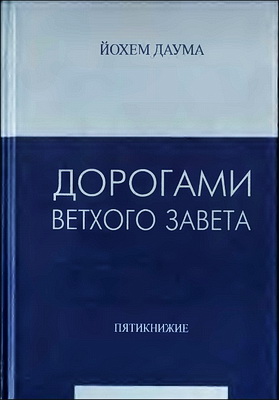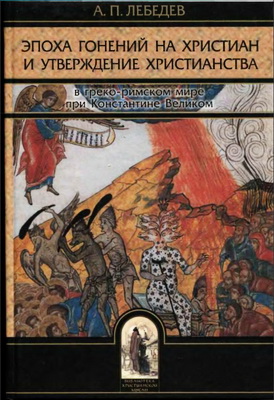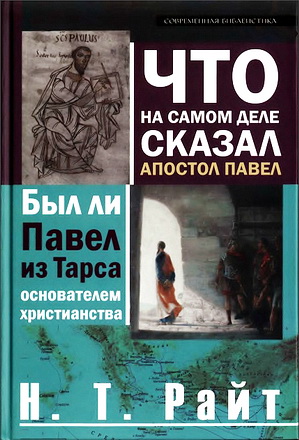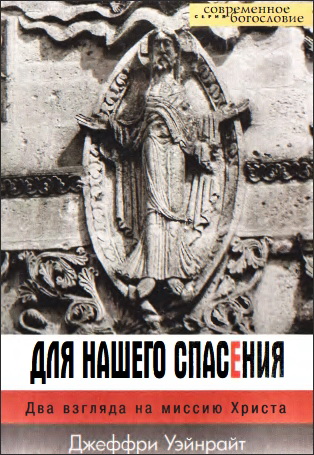
Hartog - Pesher and Hypomnema

This book deals with two commentary collections from the Hellenistic and Roman periods. The first collection consists of sixteen commentaries on poetic-prophetic passages from the Jewish Scriptures. These commentaries are known as the “(continuous) Pesharim” (singular: “Pesher”). Their name derives from the Hebrew noun רשפ (pēšer), which introduces scriptural interpretations in these commentaries. The Pesharim belong to the Qumran Dead Sea Scrolls and were recovered from caves in the Judaean desert between 1947 and 1952.
The second collection comprises seventeen commentaries on Homer’s Iliad, preserved on papyrus. Modern scholars refer to these papyrus commentaries as hypomnemata (singular: hypomnema). This usage of the Greek term ὑπόμνημα is inspired by the work of scholars in the Alexandrian Library and Museum, which promoted commentary writing as a popular scholarly activity and referred to their commentaries as hypomnemata. By so doing they introduced a more technical meaning for the term, which in other contexts may denote almost anything between a personal note and a scholarly commentary.6 The hypomnemata treated in this book stem from Egypt, mostly from Oxyrhynchus.
This study entails a comparative investigation of the hypomnemata and the Pesharim. On the basis of this comparison I develop a twofold argument. First, I contend that the Pesharim and the hypomnemata are at home in similar settings: both commentary traditions reflect the activities of communities of scholars, teachers, and intellectuals. Second, I suggest that the scholarly communities in which these commentaries were produced and read were part of intellectual networks that spanned the entire Hellenistic and Roman Near East. In my view, the similarities and differences between the hypomnemata and the Pesharim are not purely formal. Instead, they reflect processes of glocalisation triggered by the exchange of knowledge within these intellectual networks. Via these networks knowledge of Alexandrian textual scholarship of the Iliad reached the authors and readers of the Pesharim. This is not to claim an unequivocally Greek background for the Pesharim: Mesopotamian scholarly communities also appear to have belonged to the networks in which the authors and readers of the Pesharim participated. These are not the focus of this study, however: my aim here is to illustrate the origins of Jewish commentary writing against the background of the development of textual scholarship in the Alexandrian Museum and Library and the prominence and spread of Alexandrian philological-literary commentaries in the Roman period.
An important impetus for focusing on the Pesharim and the hypomnemata is the temporal proximity of these two collections. Both the Pesharim and the hypomnemata are products of the Hellenistic and Roman periods, even if both traditions have a longer pedigree. Greek exegesis begins with the early poets themselves, and the first Greek commentaries appear in the late 4th and early 3rd century BCE. In the Hellenistic period, the commentary genre became a popular vehicle for scholarly work in the Alexandrian Museum and Library—institutions established and supported by the Ptolemaic dynasty and embodying the scholarly and cultural ideals of these Greek-Macedonian rulers. From these Alexandrian institutions the commentary genre found its way across the Hellenistic world. Commentary writing continued to thrive in the Roman period, and the content of commentaries broadened: technical commentaries developed, and commentaries on literary texts (including the Iliad) more often came to offer allegorical interpretations. But the literary-philological strand of Alexandrian scholarship did not die out, as the hypomnemata included in this book testify: throughout the Roman period, philological-literary commentaries were actively used by scholars, teachers, and students.
Pieter B. Hartog - Pesher and Hypomnema - A Comparison of Two Commentary Traditions from the Hellenistic-Roman Period
LEIDEN, BOSTON 2017 - 378
ISBN 978-90-04-35354-1 (hardback)
ISBN 978-90-04-35420-3 (e-book)
Pieter B. Hartog - Pesher and Hypomnema - A Comparison of Two Commentary Traditions from the Hellenistic-Roman Period – Contents
Acknowledgements
Abbreviations
1. Introduction
1. Pesher in Context
1.1. Jewish Parallels
1.2. Ancient Near Eastern Parallels
1.3. Greek Parallels
2. A Glocal Perspective
2.1. Channels of Knowledge Exchange
2.2. The Pesharim as Glocal Phenomena
3. Definitions
3.1. “Commentary”
3.2. “Hypomnema”
3.3. “Pesher”
4. Outline of This Book
2. The Hypomnemata and the Pesharim as Expressions of Intellectual Culture
1. Scribes and Scholars
2. The Hypomnemata and Intellectual Life in Hellenistic-Roman Egypt
3. The Pesharim and Intellectual Life in Hellenistic-Roman Palestine
4. Commentaries as Scholarly Literature
5. Conclusion
3. Textual Scholarship and the Physicality of the Hypomnemata
1. “Ammonius, son of Ammonius”
2. Dimensions
3. Corrections and Abbreviations
4. Signs
5. Sense Dividers
5.1. Types of Sense Dividers
5.2. Different Sense Dividers in One Manuscript
6. Conclusion
4. Textual Scholarship and the Physicality of the Pesharim
1. Dimensions
2. Writing Divine Names
3. Corrections and Additions
4. Signs
5. Sense Dividers
6. Conclusion
5. A Bifold Structure
1. The Rhetoric of Commentary
2. Structural Variety
3 Conclusion
6 Structure and Scholarship in the Hypomnemata
1. Lemmata: Selection and Presentation
2. Interpretation Sections: Contents and Structure
2.1. Glosses
2.2. Paraphrase
2.3. References and Quotations
2.4. Formulaic Terminology
2.5. Multiple Interpretations
3. The Hypomnemata as Literary Unities
4. Conclusion
7. Structure and Interpretation in the Pesharim
1. Lemmata: Selection and Presentation
1.1. Three Principles of Selection
1.2. Other Levels of Selection
2. Interpretation Sections: Contents and Structure
2.1. Glosses
2.2. Paraphrase
2.3. References and Quotations
2.4. Formulaic Terminology
2.5. Multiple Interpretations
3. Blurred Boundaries
4. The Pesharim as Literary Unities
5 . Conclusion
8. Describing Hermeneutics
1. A Quest for Categories
2. The Categories of This Study
2.1. Perspectivisation
2.2. Normativity and Application
2.3. Analogy
2.4. Structure
2.5. Single Words
3. “Etymology”
9. A Hermeneutical Profile of the Hypomnemata
1. Perspectivisation
1.1. The Interests of the Commentator
1.2. Implicit and Explicit Assumptions
1.3. Technical Terminology
1.4. Paraphrase
2. Normativity
3. Analogy
4. Structure
4.1. Contributions of the Co-text
4.2. Resolving Inconsistency
4.3. Word Order
5. Single Words
6. Conclusion
10. A Hermeneutical Profile of the Pesharim
1. Perspectivisation
1.1. The Interests of the Commentator
1.2. Implicit and Explicit Assumptions
1.3. Technical Terminology
1.4. Paraphrase
2. Application
3. Application and Normativity
4. Analogy
5. Structure
5.1 Contributions of the Co-text
5.2. Syntax
5.3. Rendering Repetition
6. Single Words
6.1. Levels of Generality
6.2. Stressing the Unstressed
6.3. Synonymy and Polysemy
6.4. Figurative Reading
6.5. Form or Appearance
7. Conclusion
Conclusion: Pesher and Hypomnema
Bibliography
Index of Modern Authors
Index of Subjects
Index of Ancient Sources
Plates following




Комментарии
Пока нет комментариев. Будьте первым!